Axon’s Automotive Anorak: Peugeot – 90 years of naming by number
Exactly ninety years ago this week (3rd October to be precise) long-established French vehicle maker Peugeot changed the nomenclature of its passenger car range by popping a ‘zero’ (0) in the middle of its new three-digit model designation system with the introduction of new 201. It’s a numbering principle that Peugeot has stuck with ever since.

The 23hp Peugeot 201 was launched at the 1929 Paris Salon on 3rd October (it was a Thursday, before you ask), the timing of this affordable economy model hitting the recent global depression market spot-on. The 201 was effectively the first Peugeot to be ‘mass produced’, as well as the French marque’s first model to feature a zero in the middle of its three number/name derivative.
Other three-digit Peugeot models soon followed, incorporating a central zero, from the 301 of 1932 (the 301 nomenclature revived for certain developing market saloon models in 2012), the 401 of 1934 (including the Eclipse derivative with the world’s first metal folding convertible roof), and on to hugely popular post-war models such as the 203, 403, 404, 204, 504, and so on, right through to the current Peugeot’s available today, including the 108, 208, 308, and so on.

For the first time in 2005, Peugeot changed its own three-digit model numbering system by launching its first cross-over SUV with two zeros in the middle, the unusual 1007, a compact city car with sliding doors. Although this model was something of a sales flop, Peugeot continued its double-zero numbering system for other SUV models, such as the 2008, 3008, 4007 and so on...
Over the past 90 years, Peugeot’s numbering system has usually worked effectively, although the French manufacturer has tripped itself up once in a while. For example, when the charming Pininfarina-styled 104 entry model was replaced by the incredibly successful 205 in 1983, logically the B-segment hatch should have been called the 105 as a logical direct successor to the 1972-88 104. However, for reasons unknown, Peugeot chose to begin its popular new 1983 hatchback’s numbering with the number ‘2’, following the lineage of the larger C-sector 204 saloon and estate that was produced from 1965 to 1976.
This decision in turn screwed up the nomenclature of the larger C-segment 305 saloon and estate, with was replaced by the 405 (the model’s 402, 403 404 predecessors all being larger executive D-sector models) and after the subsequent 406 and 407, the latter was replaced by the 508 (missing out a 506 an 507), just to add to the confusion and lack of logical continuity.

Meanwhile, in 1985 another curved-ball was thrown into Peugeot’s numbering mix when it launched the Escort/Golf-sized 309, a three- and five-door hatchback that was originally developed as a Talbot (the ex-Chrysler/Simca member of the growing PSA Peugeot family at the time) and set to be badged Arizona.
Due to Talbot’s confusing brand offering and lackluster sales performance in the European new car markets, the eleventh-hour decision to drop the Talbot Arizona name and re-brand the new model as a Peugeot was an ill-considered knee jerk one, the final ‘9’ failing to tie-in with the sound logic of the mid-1980s Peugeot family car line-up, from 104 to 604.
After naming its subsequent Golf rivaling models 306, 307 and 308, the ‘cuckoo in the nest’ 309 forced Peugeot to reuse the 308 model designation for its second-generation 2013 model for the very first time in the Alsatian marque’s then 123-year history. Peugeot has gone on to repeat this practice before it runs out of possible numbers with a centre zero, reusing the same model designations for the 208, 508, 3008 and brand new, soon-to-be-launched 2008.

For its commercial vehicle-derived passenger cars models, such as the Partner and Traveller, Peugeot has resorted to using actual model names rather than three- or four-digit numbers, with this system likely to remain in place for many years to come. The same applies to niche models such as the electric Ion and RCX sports coupe, which don’t quite fit in with the regular 108-508 numbering pattern.

As an aside, Peugeot retains the global rights to using three-digit model numbers for its passengers cars with a zero in the middle. Porsche was famously caught out by this when it first launched its ultimate rear-engined successor to the 356 at the 1963 IAA Frankfurt Auto Show. The new coupe was designated the Porsche 901.
Peugeot soon objected to this, claiming its legal right to a three-digit number using a centre zero, forcing Porsche to change the 901s name to 911 after just 82 (now very collectable) 901s had been built and sold. As for the 911, the rest is history as they say.

Peugeot was rather more considerate with the considerably more gentlemanly approach to prestige British car brand Bristol, allowing the exclusive ex-aircraft producer to use a central zero and three numbers for all of its models from 1948 through to 1970, ranging from the Bristol 401 to the 409. The desirable Bristol 403 model even used Peugeot-sourced ‘403’ badges on its front wings, these being taken directly from the Peugeot saloon model of the same designation!
All in all, Peugeot’s naming structure has remained clear and simple. You couldn’t ask for much more.
Axon's Automotive Anorak
Peugeot
201
308
208
508
309
404































































